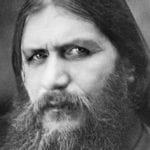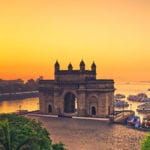 Food
Food  Food
Food  Miscellaneous
Miscellaneous 10 Psychological Tricks Brands Use to Influence You
 Space
Space 10 Mind-Blowing Revelations About Our Solar System
 Humans
Humans 10 Times That Inmates Helped Save Lives
 Our World
Our World Ten Times Scientists Created Astonishing New States of Matter
 Weird Stuff
Weird Stuff 10 Times Humanity Tried to Redesign the Calendar
 Movies and TV
Movies and TV 10 Wonderful TV Shows That Started Strong but Ended Unfinished
 Animals
Animals 10 Rare & Interesting Versions of Common Animals
 The Arts
The Arts 10 Contests That Resulted in Famous Works of Art
 Food
Food 10 Forgotten Fruits & Vegetables
 Food
Food 10 Foods Unexpectedly Named After Real People from History
 Miscellaneous
Miscellaneous 10 Psychological Tricks Brands Use to Influence You
 Space
Space 10 Mind-Blowing Revelations About Our Solar System
Who's Behind Listverse?

Jamie Frater
Head Editor
Jamie founded Listverse due to an insatiable desire to share fascinating, obscure, and bizarre facts. He has been a guest speaker on numerous national radio and television stations and is a five time published author.
More About Us Humans
Humans 10 Times That Inmates Helped Save Lives
 Our World
Our World Ten Times Scientists Created Astonishing New States of Matter
 Weird Stuff
Weird Stuff 10 Times Humanity Tried to Redesign the Calendar
 Movies and TV
Movies and TV 10 Wonderful TV Shows That Started Strong but Ended Unfinished
 Animals
Animals 10 Rare & Interesting Versions of Common Animals
 The Arts
The Arts 10 Contests That Resulted in Famous Works of Art
 Food
Food 10 Forgotten Fruits & Vegetables
10 Truly Strange Facts Surrounding Princess Diana’s Death
Of all the conspiracy theories of the last few decades, the ones that surround the death of former royal Diana are some of the most colorful. While it hasn’t been proven to any significant level that her death was anything other than a tragic accident, there are several intriguing aspects of the whole affair that can’t be simply dismissed. It is perhaps important to remember that the jury in the official inquiry into Diana’s death found that she and Dodi Fayed were unlawfully killed and not victims of accidental death, as much of the media reported at the time.
10 Swapping Cars At The Last Moment
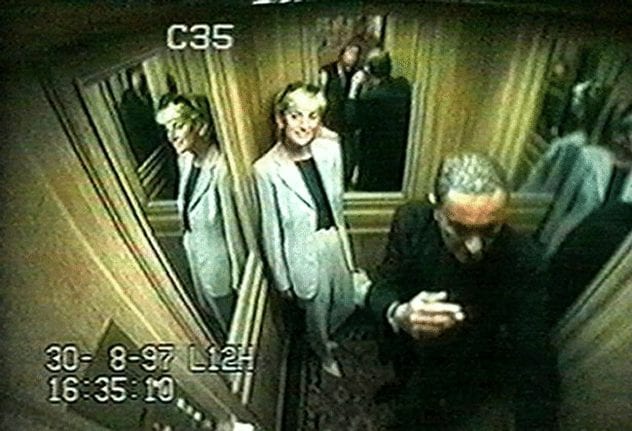
Although they had used a particular Mercedes throughout the day of their deaths in Paris, when Diana and Dodi went to leave the Ritz Hotel shortly after midnight on the morning of August 31, 1997, a different Mercedes was sent to pick them up. Not only had the car been changed at the very last moment, but there was also no backup car present as there had been throughout the day and was standard practice for such security journeys.
There was also controversy regarding the seat belts and who was and wasn’t wearing them on that last journey. Everyone who knew Diana described her as a “habitual” seat belt–wearer, and they found it hard to believe that she was found to have not been wearing a seat belt. At the same time, the security officer in the vehicle, Trevor Rees-Jones, was found with his seat belt on—unusual for a security officer on such a high-profile job, given that standard practice was for them to not wear seat belts so as not to restrict their movements.
9 No CCTV Footage Of The ‘Spur Of The Moment’ Route

Instead of taking the quickest route to Dodi’s flat in central Paris, the driver, Henri Paul, instead opted to take a different route that would not only be longer, but would also take them along the River Seine and through the Pont d’Alma tunnel, where the tragic crash occurred.
The reason for this was said to have been to avoid the paparazzi, who had followed the pair all day long. That would seem reasonable, but given that this change of route was said to have been made on the spur of the moment, many people found it suspicious that all 17 CCTV cameras along the route were either turned off or not working at all. Consequently, no footage was captured of their fateful journey—footage that would have been invaluable in determining what happened that evening.
8 The Mystery That Was Henri Paul

Driver Henri Paul was very much blamed for the accident following the crash, mainly due to accusations that he was intoxicated while behind the wheel. However, during the “Diana Inquiry,” as it was labeled by the British media, one medical expert after another cast their serious doubts on both the blood tests that were conducted to establish that Paul was drunk and on his postmortem, which they claimed had over 50 basic errors.
Paul was also found to have been working for both French and British intelligence, and the mystery surrounding him only deepened. Several large payments were made into his account in the months leading up to that evening in Paris. None of these payments were investigated by the inquiry, something which led many who believe there was a cover-up of sorts in place.
7 Threatening Phone Call Regarding Banning Landmines

In the controversial documentary Unlawful Killing, Simone Simmonds, a longtime friend and associate of Diana’s, spoke of being with the former royal when she received a phone call from a “high ranking [UK] government official” concerning her ongoing campaign for the banning of landmines. According to Simmonds, when Diana passed her the phone so she could hear what was being said, she heard a gentleman say, “Don’t meddle in things you know nothing about because you know accidents can happen.” Simmonds told this version of events during the inquiry into Diana’s death.
Diana very much took this as a genuine threat and already feared that British Intelligence was listening to her phone calls. Incidentally, it was revealed years after her death that even such agencies as the NSA had thousands of transcripts of her phone calls during this time. They refused to release them, however, for reasons of security.
6 The Letters That Predicted Her Own Death

In the months leading up to her death, Diana sent out letters to two close friends, her butler Paul Burrell and her solicitor Lord Mitchum. In them, she stated quite clearly that the royal family and her husband were “planning her death” and that it would be “a car accident.”
While Burrell went public with his letter and paraded it in the press for all to see, Lord Mitchum passed his letter over to the serving police chief at the time, Lord Condon. Condon withheld the letter from public knowledge, as did his successor, Lord Stevens, for several years—even though it is illegal to withhold evidence in investigations. Despite this, no action was taken against either former police chief, which served to raise an eyebrow or two.
5 Diana Remained In The Tunnel For 81 Minutes
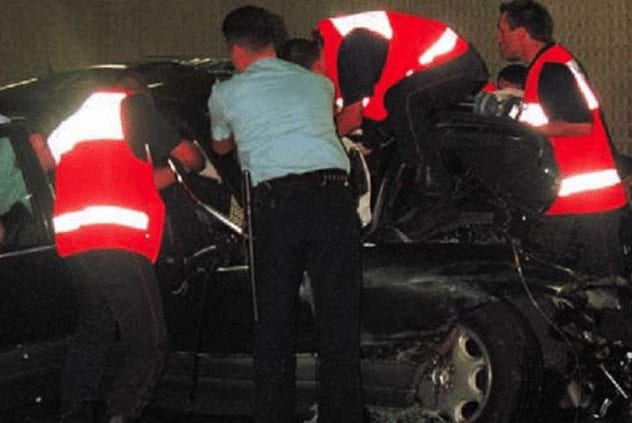
Diana wasn’t removed from the crippled vehicle for almost 37 minutes after the crash—despite there being little to no damage to her side of the car. It was a total of 81 minutes before the ambulance she had been placed into made its way out of the tunnel and to the hospital.
Despite serious questions about his conduct at the accident scene, Dr. Jean-Marc Martino was not made to appear at the official inquiry into Diana and Dodi’s death. Not only was this decision met with suspicion, but Dr. Martino hasn’t addressed any of the accusations of gross negligence from those who feel his actions that night were far from adequate. Medical experts who testified in court state that had Diana been removed from the scene quicker, she very well may have survived.
4 Speed Of Ambulance Questioned
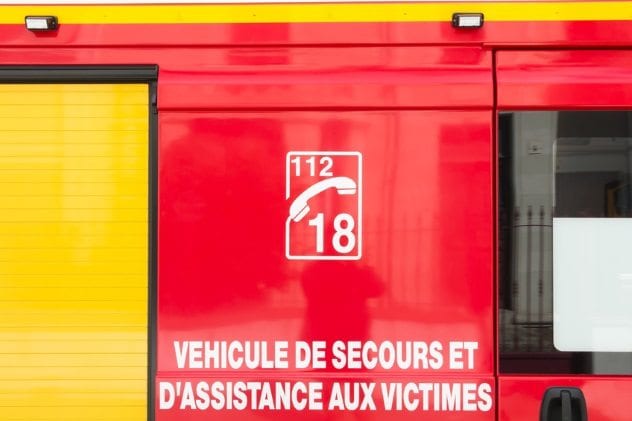
When the ambulance finally did leave the scene of the crash and make its way to the hospital, it traveled at a pedestrian pace of 19 kilometers per hour (12 mph). This was also questioned by investigators, researchers, and medical and emergency service experts alike.
The reason given for the slowness was that the ambulance had high-tech medical equipment on board. It was essentially a mobile theater room to allow the emergency team to begin treatment as soon as the patient was inside the ambulance. To travel at high speed would have put this delicate work in danger.
3 The Infamous White Fiat Uno
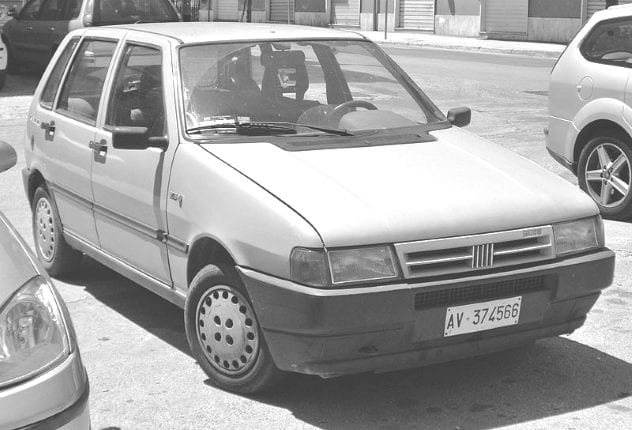
To some, the mystery white Fiat Uno was the “smoking gun” of the whole evening. Its presence had been denied at first, but there were paint markings on the remains of the Mercedes, and shattered pieces of red taillight glass matching a Fiat Uno were recovered at the entrance in the tunnel.
It appeared that there was a collision between the Mercedes carrying Diana and Dodi and the white Fiat Uno, which resulted in Henri Paul losing control of the car. Some people, however, have questioned whether the Fiat Uno was there on purpose to facilitate the crash. Suspicions grew more when the car was never officially located despite a nationwide search. It appeared to have vanished into thin air.
Conspiracy theorists pointed to the death of ex-MI6 agent James Andanson, who, officially at least, committed suicide several years following Diana’s death. Andanson owned a white Fiat Uno that had been officially ruled out as the one involved in the crash due to it being too run-down.
2 Flash Of Light Seen At The Tunnel Entrance
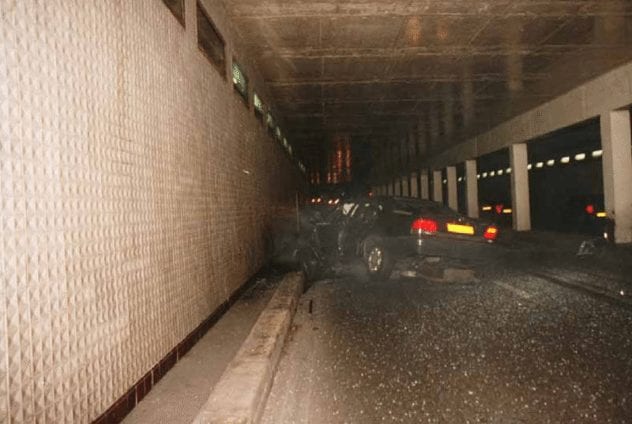
Many witnesses spoke to investigators and the media alike about a bright flash of light they saw at the entrance of the tunnel in the immediate seconds before the Mercedes slammed into the 13th pillar. Many have questioned whether this flash of light had been intentional—maybe to temporarily blind Henri Paul so that he would lose control.
As unlikely as this might be, when former British secret service worker Richard Tomlinson revealed plans he claimed had come from inside British intelligence to assassinate a Serbian politician, the method and result was exactly the same as the fate that awaited Diana. The plan spoke of using a blinding flash of light to blind the driver of the car as it entered a tunnel, ensuring a fatal crash. Coincidence?
1 Tunnel Cleaned And Reopened Within Hours Of Crash
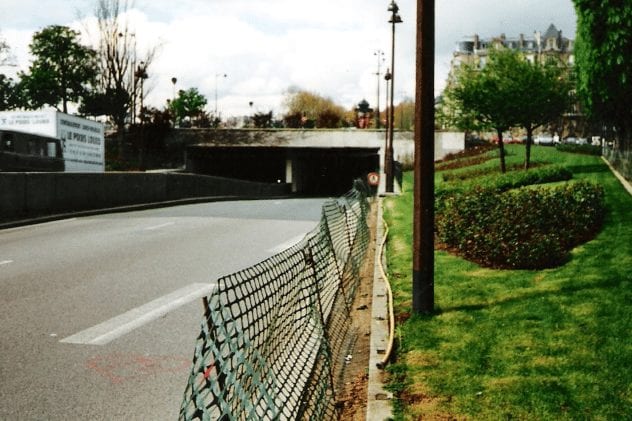
The crash happened just after midnight local time, but daylight had barely announced itself over Paris several hours later when the tunnel was completely cleaned down, cleansed, and reopened to the public as if nothing at all had happened.
Investigators insisted that they had retrieved everything they needed from the scene, so there was no need to keep the area closed. However, many were critical of the reopening (and possible compromising) of an accident scene so soon—particularly when no real investigation had taken place.
